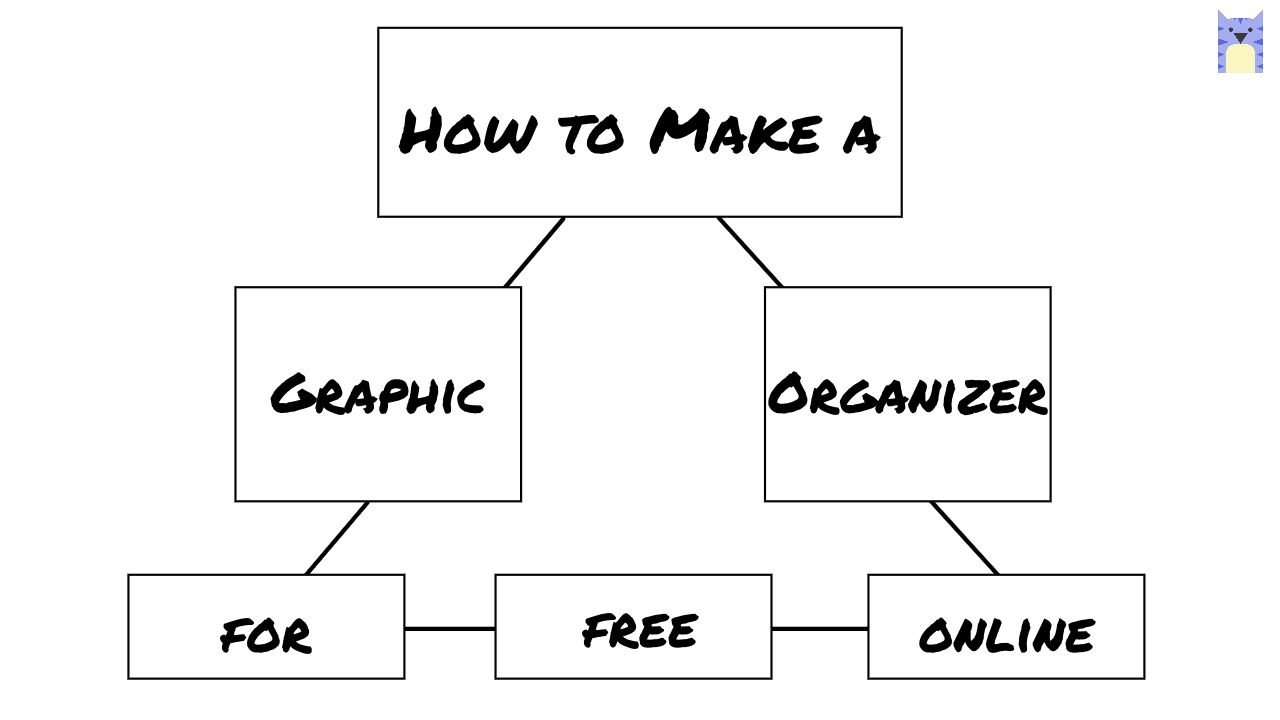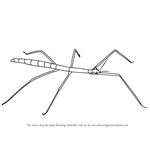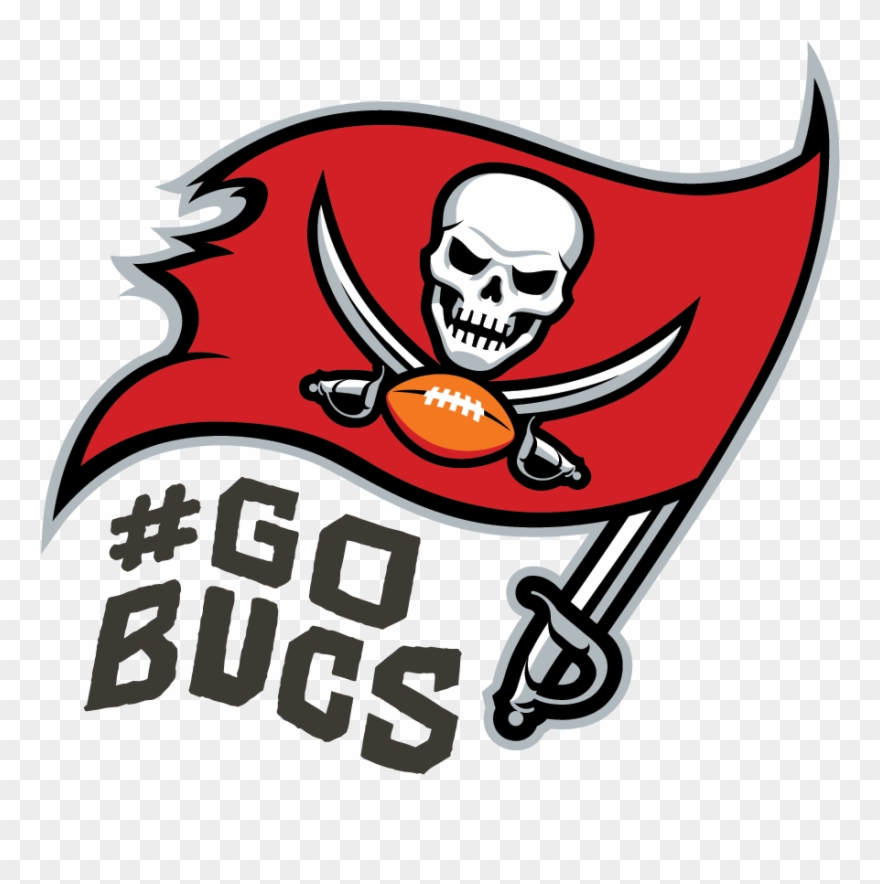Organizadores teaching classroomdoodles organisers conceptuales lectura grafomotricidad pinhairs
Table of Contents
Table of Contents
Are you looking for a way to improve your learning and organize your thoughts? Look no further than a graphic organizer! Drawing a graphic organizer can help you visually organize information and make connections between ideas. In this blog post, we will explore how to draw a graphic organizer and share tips and tricks for creating an effective one.
The Pain Points
Do you ever struggle with taking notes or keeping track of information in a way that makes sense? This is where a graphic organizer can come in handy. Rather than trying to remember dozens of bullet points or trying to connect seemingly unrelated ideas, a graphic organizer allows you to see the bigger picture and understand how ideas relate to one another.
The Answer
To draw a graphic organizer, start by determining your main topic or idea. This will serve as the center of your organizer. From there, determine the subtopics or supporting ideas you want to include. Draw lines from your center topic to each subtopic, labeling each line with a word or phrase that represents the subtopic. Then, draw lines from each subtopic to any supporting details, labeling each line with a word or phrase that represents the detail. Repeat this process until all relevant information is included.
Main Points
When drawing a graphic organizer, it’s important to keep in mind the following tips:
- Start with a clear, concise main topic
- Determine subtopics that support your main topic
- Arrange subtopics in a way that makes sense
- Draw lines to connect subtopics to supporting details
- Label each line with an appropriate word or phrase
Personal Experience
As a student, I often struggled with organizing my thoughts and notes when studying for exams. However, after learning about graphic organizers, my studying became much more effective. I would draw a graphic organizer with my main topic in the center and subtopics branching off from it. Then, I would add supporting details to each subtopic. This method allowed me to see the connections between ideas and remember information more easily.
Tips and Tricks
When drawing a graphic organizer, consider using symbols or shorthand to make it more efficient. For example, use arrows to indicate cause and effect relationships or boxes to represent important ideas. Additionally, don’t be afraid to experiment with different layouts and styles until you find one that works best for you.
Importance of Color
Using color can also be a helpful tool when creating a graphic organizer. Color-coding can help you distinguish between ideas and make connections between related ideas more easily. For example, you could use one color for all subtopics related to history and a different color for all subtopics related to science.
Practice Makes Perfect
Like any skill, drawing a graphic organizer takes practice. Don’t be discouraged if your first few attempts aren’t perfect—keep practicing and experimenting until you find a method that works best for you.
Question and Answer
Q: Can I use pre-made graphic organizers, or do I have to draw my own every time?
A: There are plenty of pre-made graphic organizers available online or in books that you can use. However, drawing your own can be more beneficial because it allows you to customize the organizer to your specific needs.
Q: How many subtopics should I include in my graphic organizer?
A: There’s no set number of subtopics you should include—it depends on the complexity of your main topic and how much supporting detail you want to include. However, try not to include too many subtopics or your organizer may become too cluttered.
Q: Should I write in complete sentences or use bullet points in my organizer?
A: It’s up to you—it depends on your personal preference and how much information you want to include in your organizer. Bullet points can be a quick and efficient way to organize information, while complete sentences can provide more detail.
Q: Is it better to draw a graphic organizer by hand or use digital tools?
A: Again, it’s up to you and your personal preference. Some people prefer drawing by hand because it allows for more creativity and flexibility, while others prefer using digital tools because it’s faster and easier to make changes.
Conclusion of How to Draw a Graphic Organizer
Drawing a graphic organizer can be a valuable tool for studying, taking notes, or organizing ideas. By following these tips and tricks, you can create an effective graphic organizer that works for you. Remember to practice and experiment until you find a method that works best for your personal needs. Happy drawing!
Gallery
How To Make A Graphic Organizer For Free Online

Photo Credit by: bing.com / organizer digideutsche
5 Types Of Graphic Organizers To Improve Learning

Photo Credit by: bing.com / verywellfamily
Draw Then Write Graphic Organizer | Reading/Language Arts Ideas | Pin…

Photo Credit by: bing.com / wordpress
Graphic Organizer Templates - Print And Digital - Your Therapy Source

Photo Credit by: bing.com /
Graphic Organizers - Classroom Doodles | Graphic Organizers, Reading

Photo Credit by: bing.com / organizadores teaching classroomdoodles organisers conceptuales lectura grafomotricidad pinhairs





